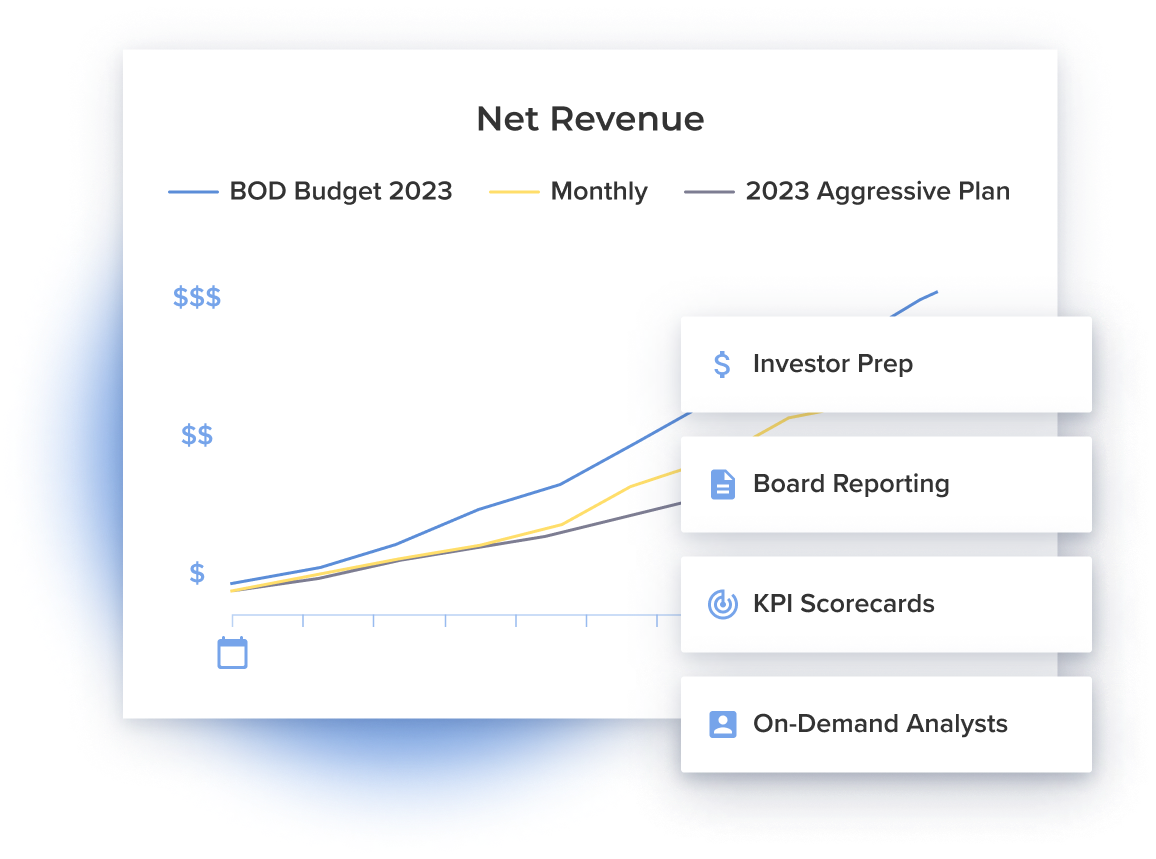DTC Business Breakdown: YETI

YETI Inc. was founded in 2006 in Austin, TX by avid outdoorsmen Roy and Ryan Seiders. The YETI founders were disappointed with camping equipment that could not perform at their expectations. First the duo rolled out their original hard cooler, serving as the flagship product in their self-described “high-performance, premium-priced product portfolio.” Since its launch, the company has built out several other products including their soft coolers and the extremely popular drinkware segment featuring tumblers, ramblers, and mugs. The ever-present theme of these products is their double-walled vacuum insulated design that can hold high or low temperatures for hours. YETI is made up of 823 employees as of the end of 2021 and does not own or operate any manufacturing facilities. Production is executed by a global supply chain of third-party operations.

In FY 2021, their three segments of Coolers & Equipment, Drinkware, and Other represented 39%, 59%, and 2% of net sales respectively. The “Other” category includes all YETI branded apparel gear and miscellaneous items (i.e. keychains, bottle openers). The company’s sales lean towards their online channels, with Direct to Consumer representing 56% of sales in 2021 and 53% in 2020. “DTC” is defined as selling to consumers on YETI.com, country and region-specific YETI websites, as well as Amazon Marketplace sales, plus their B2B e-commerce corporate sales program that allows for bulk orders of logo emblazoned batches.
YETI’s e-commerce strategy is currently focused on improving the reactivation of older cohorts and driving a deeper and broader purchase basket within and across product categories. A revamped Yeti.Com and Yeti.Ca were unveiled in early April of this year, with a focus on mobile user experience. Early responses have been positive and shown improved conversion rates.
The wholesale channel makes up the remaining 44% of 2021 sales, with the largest wholesaler representing 10% of gross sales in 2021 out of 2,900 total wholesalers. In Q1 2022, sales increased by 19% to $294M compared to $247.6M in the same period last year. The channel breakout was +23% YoY for DTC and 14% for wholesale respectively.

International sales represented 13% of total revenue in the period. Brand strategy for international is laser-focused on alignment based on local pursuits & communities (YETI’s term for categorized outdoor hobbies/interests). For example, snowboarding is a key community for growing the Canadian business. Marketing to this group of enthusiasts helped international drive 45% YoY growth which is a 3x increase from Q1 2020. YETI CFO Paul Carbone mentioned on the May 11 call an informal target of at least 20% for international sales’ proportion of total.
Gross profit margin in Q1 2022 contracted from 58.6% to 52.7% primarily due to higher inbound freight costs and a one-time adjustment related to a prior year’s freight cost. The comments around inbound freight costs were the most notable mention of the recent quarter. The 590bp YoY drop in gross margin was mostly due to two freight expense overruns that contributed to 680 bps of contraction partially offset by higher pricing. Higher freight rates drove 400bps and another 220bps hit came from late invoices that landed Q4 ’21 expense in the Q1 ’22 period. (60bps margin contraction from Other freight items)
The spike in inbound freight and transportation costs has already been an ongoing theme mentioned by management teams in the retail sector over the last month of earnings reports. YETI still reiterated their guidance of 55% GM for full year and 20% operating margin during their May 11earnings call comments. The 55% gross margin full year includes 140bps in margin upside from taking price and an assumption that the very recent improvement in freight rates they’ve seen continues through the second half of 2022.
Aside from freight, and a positive response from customers on the price increase, the third major point to take away from YETI’s Q1 is the massive growth in inventory. During the Q&A session on the May 11th call, management positioned this jump in product-on-hand as a positive development. The $413M in inventory is “40% in transit,” and is intended to help fully restock the Amazon fulfillment network within their DTC channel. This wave of incoming stock is also going to allow the company to “return to pre 2020 inventory levels” that should in turn give their sales team the chance to once again present their full range of products and colors to wholesale customers.

YETI called their end of Q1 2022 inventory position a return to pre 2020 levels, but we can see above that they are at a higher inventory level than at any point over the last five Q1 periods. Going forward, we will observe if YETI can sell all of this inventory now sitting on the balance sheet. If they eventually are impacted by any kind of consumer spending slowness, that will significantly hurt the inventory and asset efficiency metrics that Bainbridge builds and help DTC founders keep top of mind.
All that being said, this is YETI. Other than Crocs they are by far the most successful brand building, and category-making company in our DTC index. Their philosophy of YETI is that the brand spans everyday use to the most extreme and dangerous outdoor pursuits. This makes for “utilization of incredible content about people, products and places.'' Ultimately, YETI’s unending focus on the pursuits and hobbies of customers is how the YETI brand withstands all the copycats and continues to be a massive success story.
Subscribe to our newsletter

Ready to see what you can do with Drivepoint?
Learn how other consumer and CPG brands are driving margin and cashflow with Drivepoint







